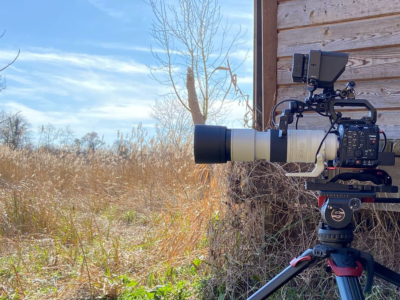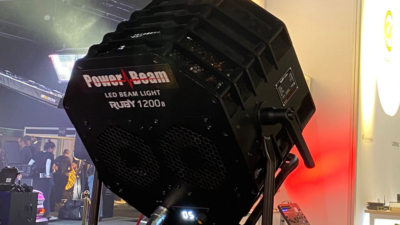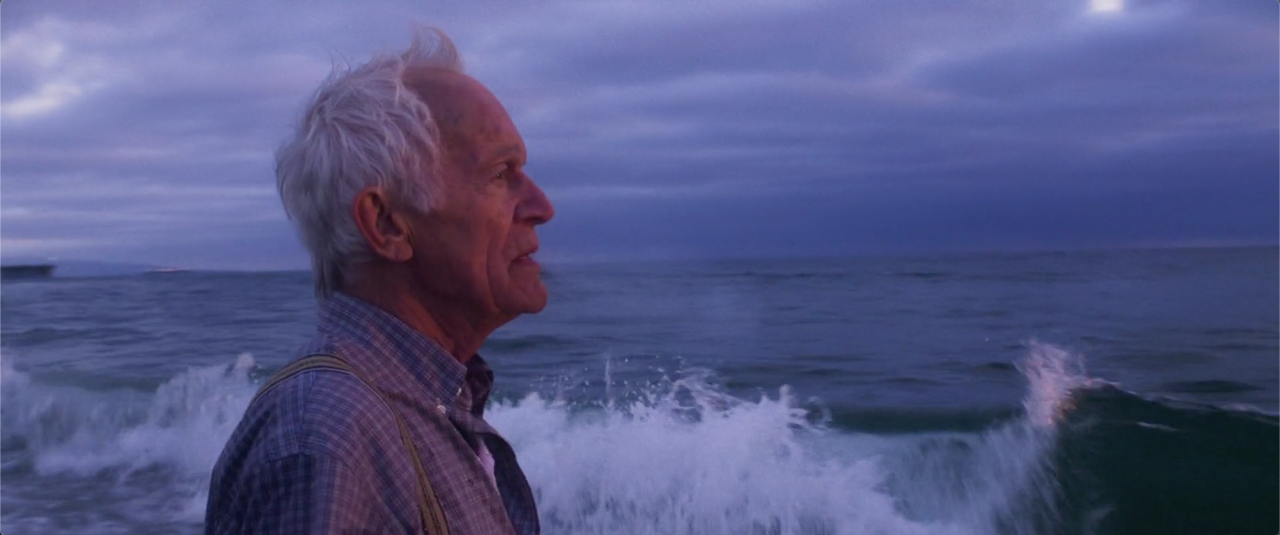
« Falling » était le film d’ouverture du festival Camerimage 2020. « Était » car en raison de la pandémie, il n’a pas pu être diffusé. Il y avait cependant hier dimanche une rencontre avec Viggo Mortensen et son chef opérateur, Marcel Zyskind, leurs propos étaient traduits au fur et à mesure en polonais et le public pouvait poser des questions via la page Facebook du festival.
« Falling » est le premier long métrage réalisé par Viggo Mortensen. L’acteur a acquis une reconnaissance internationale après avoir incarné le personnage d’Aragorn dans la trilogie « The Lord of the Rings » de Peter Jackson. Les cinéphiles préfèreront sans doute citer ses prestations dans « A History of violence » et « Eastern promises » de David Cronenberg, « The Road » de John Hillcoat, « Captain Fantastic » de Matt Ross ou « Green Book » de Peter Farrelly.
Lors de l’échange d’hier, Mortensen est apparu extrêmement humble, très cultivé et discrètement politique avec un petit drapeau arc en ciel fixé au mur derrière lui.
Il a choisi comme directeur de la photo Marcel Zyskind, chef opérateur Danois rencontré en 2013 lors du tournage de « Two Faces of January » de Hossein Amini.
« Falling » raconte la relation difficile entre un vieil homme, Willis, interprété par Lance Henriksen et son fils John. Une histoire dont Mortensen ne cache pas qu’elle est inspirée des rapports entre ses propres parents. S’il n’avait tout d’abord pas l’intention de jouer le personnage de John, il s’est avéré que sa présence à l’écran permettait de financer le film. Il est donc co-scénariste, réalisateur, acteur, producteur et compositeur de son propre film.
C’est dire la confiance qu’il a dû placer dans son chef opérateur. C’est d’ailleurs ce que Zyskind a raconté lors de la séance de questions-réponses. Il est arrivé sur le tournage qu’ils n’aient pas le temps de relire un plan et Mortensen lui a assuré qu’il s’en remettait entièrement à lui : « I trust you with my life ».
Le film multiplie les allez-retours entre le passé et le présent.
Un présent plutôt blanc-froid où John est parti chercher son père dans sa ferme de la Côte Est pour le ramener à Los Angeles où il vit avec son mari et leur fille adoptive.
Un passé plutôt chaud qui navigue au gré des saisons de l’enfance à l’adolescence de John.


Dans ces scènes du passé, un personnage irradie: Gwen interprétée par Hannah Gross, première femme de Willis, mère de John. Amatrice d’art, elle aimerait étendre son univers, elle soufre auprès d’un homme qui se satisfait des choses telles qu’elles sont et qui prend comme une critique personnelle toute volonté de changement de son entourage. C’est la « muse » dans le sens où elle habite les rêves tant du fils que du père.
Au montage, les transitions entre ces différentes époques sont très organiques. Willis au présent est atteint de démence sénile, il a parfois des moments d’absence qui nous entrainent ailleurs, parfois des flashes, parfois des scènes entières. D’autres fois c’est John que les violentes confrontations ramènent vers les souvenirs de conflits passés. Un très gros plan d’un élément de décor, un rire ou un morceau de Chopin sur la bande son, un verre d’eau que l’on sert qui devient une rivière, créent autant de passerelles entre ce qui perdure et ce qui a disparu. Mortensen a insisté sur l’importance du travail de la décoratrice pour les flash backs – Carol Spier, collaboratrice entre autres de David Cronenberg, qui tout comme Zyskind a été recrutée très en amont du tournage.
Zyskind a raconté qu’il avait une caméra au moment des repérages afin de pouvoir tourner des plans de la ferme et de la forêt alentour, dans des atmosphères dont ils ne pourraient pas forcément profiter au moment du tournage, Mortensen servant parfois de doublure. Le film est tourné en Arri Alexa avec des optiques anamorphiques : la série G de Panavision pour le présent et principalement une série Lomo pour le passé.
Mortensen relève qu’il n’y a rien d’ostentatoire dans le travail de Zyskind, on est présent à ce qui se passe sans être distrait. Il a donné en exemple une longue scène de dialogue entre Willis et John où la lumière baisse graduellement et de façon quasi imperceptible à l’arrière plan de Willis. Dans une autre au contraire, la lumière est plus présente, il y a une lueur d’espoir, un peu de compréhension au delà des mots prononcés.
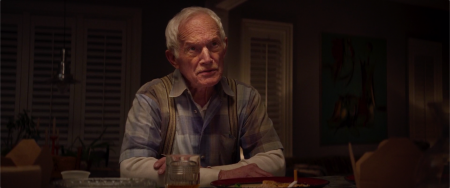

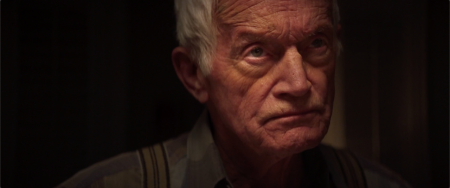
Mortensen et Zyskind ont échangé de multiples références : Ozu, Tarkovski ou le travail de Rudolf Maté, directeur photo de Dreyer, pour son travail sur La passion de Jeanne d’Arc (notamment les franchissements d’axe et les angles des gros plans). Mais ils reconnaissent tous les deux qu’au final, le film s’est détaché de ces références préalables pour devenir sa propre référence.
Une scène illustre particulièrement bien la force de ce film : John, depuis sa chambre, entend sa mère pleurer et descend l’escalier pour observer. Par un choix très maîtrisé de cadrages et de montage, ce n’est qu’une fois revenu dans sa chambre que nous verrons ce qu’il a vu, mais surtout la proximité de ce qu’il a ressenti devant sa mère en larmes.
Le souvenir est souvent plus fort que le moment présent.
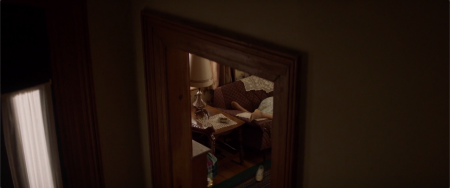
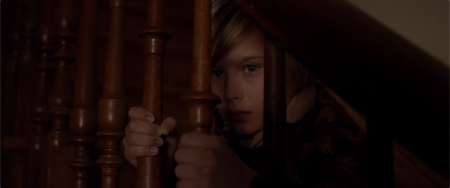
VERSION ANGLAISE:
Viggo Mortensen « Falling » was scheduled to open the 2020 Camerimage international film festival but due to the pandemic Camerimage organized a Q&A with Viggo Mortensen and his director of photography, Marcel Zyskind. The audience could ask questions via the festival’s Facebook page with a live translation into Polish provided.
“Falling” is the first feature film directed by Viggo Mortensen. The actor gained international recognition after playing the character of Aragorn in Peter Jackson’s « The Lord of the Rings » trilogy. True cinephiles will probably prefer to mention his acting in « A History of violence » & « Eastern promises » by David Cronenberg, « The Road » by John Hillcoat, « Captain Fantastic » by Matt Ross and/or « Green Book » by Peter Farrelly.
During yesterday’s Q&A, Mortensen appeared extremely humble, very knowledgeable and slightly political with a small rainbow flag attached on the wall behind him.
Mortensen chose Marcel Zyskind to photograph his first film, a Danish cinematographer he met in 2013 during the shoot of “Two Faces of January” by Hossein Amini.
« Falling » talks about the difficult relationship between an old man, Willis, played by Lance Henriksen and his son John. The story as Mortensen mentioned is inspired and based on his own family relationships. While he had no intention of playing the character of John at first, it turned out that his screen presence would help fund the movie. He is therefore co-writer, director, actor, producer and composer of « Falling ».
Those facts tell a lot about the trust Mortensen had put in his cinematographer. Zyskind said during the Q&A session that there were times on the set where they didn’t have time to watch the playbacks and Mortensen would trust him blindly saying: « I trust you with my life. »
The movie accumulates a lot of flashbacks and flash-forwards between the past and the present. A rather cold-white present where John goes to find his father at his farm on the East Coast to bring him back to Los Angeles where he lives with his husband and their adopted daughter. A rather warm past that navigates through the seasons from John’s childhood to becoming a teenager.


In those scenes from the past, a character radiates: Gwen played by Hannah Gross, Willis’ first wife, John’s mother. Lover of the art, she would like to expand her universe. Unfortunately she suffers alongside a man who satisfies himself with things the way they are and takes personally any criticism or any need and desire for changes from his entourage. She is the « muse » in the sense that she inhabits the dreams of both son and father.
In the edit, the transitions between these different times and places are very organic. Willis has senile dementia, sometimes he has moments of absence that take us elsewhere, sometimes flashes, sometimes entire scenes. Other times John’s violent confrontations bring us back to memories of past conflicts. A close-up on a prop, a laugh we hear, a piece of Chopin on the soundtrack or a glass of water that is served that transitions to a river, all of those elements are used to create as many bridges between what will last and remain in time and what has faded away. Mortensen insisted on the importance of the work on set by designer Carol Spier specially on the flashbacks. She is known for working with David Cronenberg and like Zyskind was hired well before the shoot.
Zyskind said he had a camera when they scouted so he could shoot B rolls of the farm and the surrounding forest with some visual atmospheres they might not be able to find again during principal photography, using Mortensen as a stand-in on those shots. “Falling” is shot on the Arri Alexa with a set of anamorphic optics: Panavision’s G series for the present scenes and mostly the Lomo series for the past scenes.
Mortensen pointed out that Zyskind’s work is not about being too showy, the audience feels what is happening without being distracted. He gave as an example a long dialogue scene between Willis and John where the light gradually and almost imperceptibly dims down in the background of Willis. Another example he mentioned has the reversal effect; the light is more present, there is a glimmer of hope, a meaning transmitted to the audience beyond the words spoken.



Mortensen and Zyskind exchanged multiple references: Ozu, Tarkovski or the work of Rudolf Maté, Dreyer’s cinematographer, for his work on « The Passion of Joan of Arc » (especially when it comes to his work on crossing the line and close-up angles). But they both recognize that in the end, the movie broke away from those references to become its own reference.
One scene particularly illustrates the strength of the movie: John, from his bedroom, hears his mother cry and comes down the stairs to see what is going on. Through a very specific choice of framing and editing, it is only after he returns to his room that the audience will see what he saw, but also feel what he felt seeing his mother in tears.
The memory is sometimes stronger than the present moment.


-
Partager l'article
